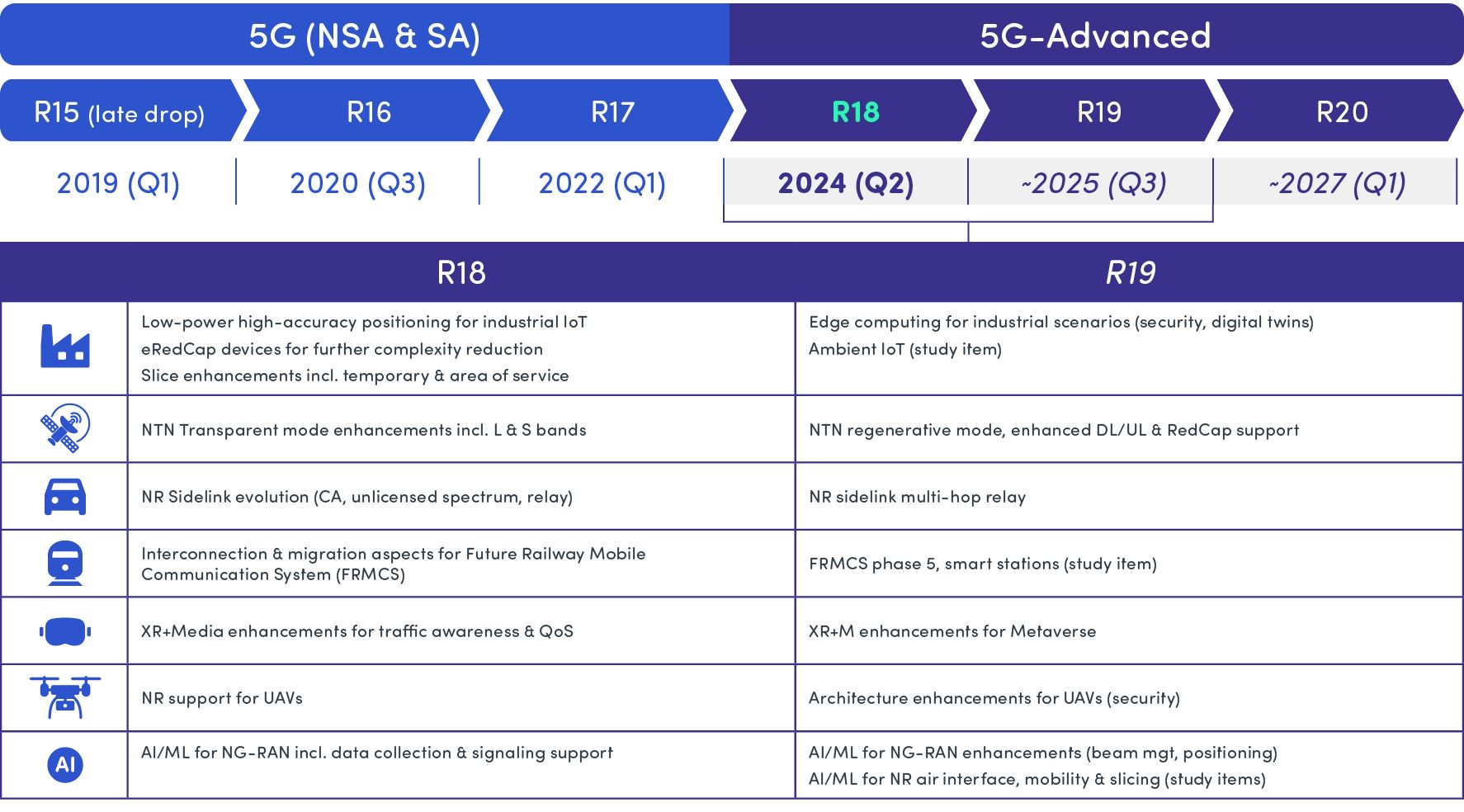The recent Spirent article rightly highlights the potential of 5G-Advanced (5G-A) and the role of the 5G Core in enabling monetization. However, 5G-A should be seen primarily as a future-oriented evolution rather than a current monetization engine, but why?
Release 18 standards are just being finalized. Most mobile operators are still expanding 5G standalone (SA) and seeking ROI from earlier investments in mid-band spectrum. Advanced features like network slicing, exposure platforms, and XR support seem promising, but commercial traction is limited. These will scale as the ecosystem—encompassing devices, applications, and regulations—matures over 3–5 years.

5G-A adoption will not be uniform worldwide, according to the GSMA. Less than 20% of global operators have launched 5G SA commercially, a prerequisite for 5G-A features. As per Ericsson, while 80% of CSPs now offer FWA, fewer than 10% are actively testing 5G-A capabilities.
Operators should not expect short-term revenue lifts from 5G-A. Instead, it should be viewed as a strategic roadmap for the second half of this decade, with timelines and business models varying widely across regions.
The real challenge is ensuring 5G-A doesn’t repeat the “hype vs. reality” gap seen with initial 5G. The key will be positioning 5G-A as an evolution with measurable ROI (better capacity, coverage, energy efficiency, enterprise adoption), not a revolution full of promises that arrive years later.
